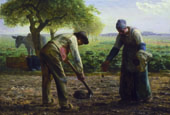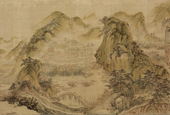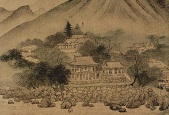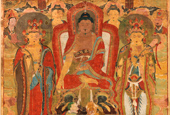Long necks and facial features and almond-shaped eyes with no pupils are typical of paintings by Amedeo Modigliani (1884-1920). Modigliani went beyond simple description and reproduction of a human figure and created his signature style, in which the facial elements and details are portrayed with extended lines.
The Italian painter only focused on the body figure of models and did not include additional details or clues that could indicate a painting's background.
"What I pursue in my paintings is neither fact nor fiction. It is unconsciousness," Modigliani once said.
Modigliani used abstract styles and inhibited his expression to describe people's inner minds.
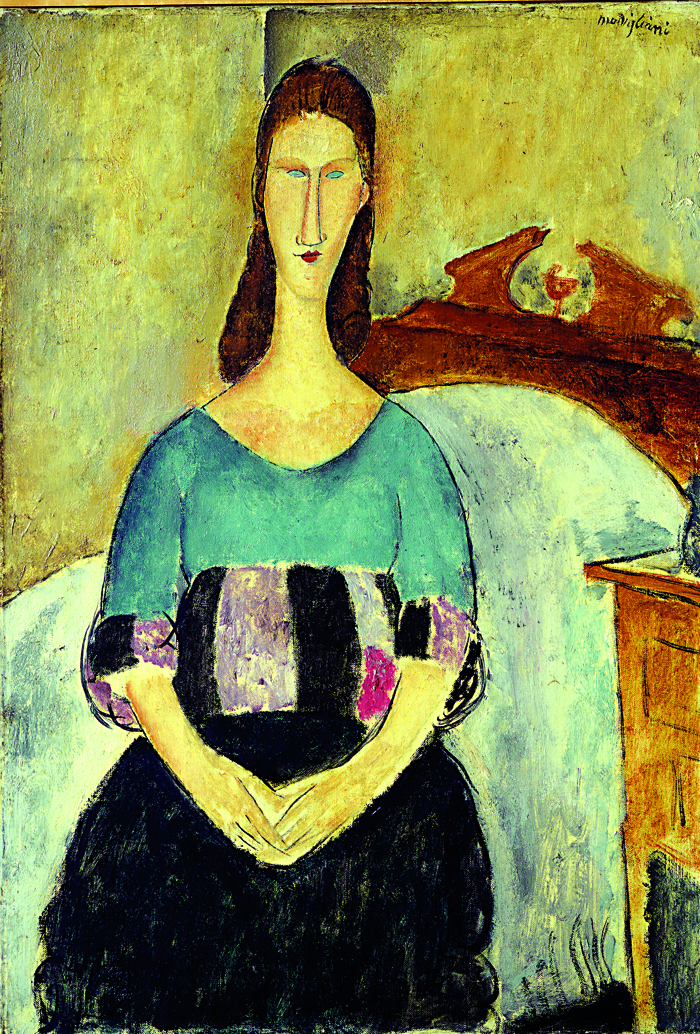
Korea's first retrospective exhibit of Modigliani's works, "Modigliani: Legend of Montparnasse," is currently underway at the Hangaram Art Museum, part of the Seoul Arts Center in southern Seoul. The exhibition highlights Modigliani's art and life, featuring paintings, drawings and sculptures on loan from 20 museums around the world, including the Paris Museum of Modern Art and the Picasso Museum, and those owned by private collectors. The exhibition continues until October 4.
Modigliani produced most of his works in Montparnasse in Paris and was a prominent member of the School of Paris (École de Paris), a group of both French and non-French artists living in Paris between the two world wars and beyond. The École de Paris left an important footprint on art history of the 20th century. Modigliani died young at the age of 35 leaving only fewer than 400 oil paintings.
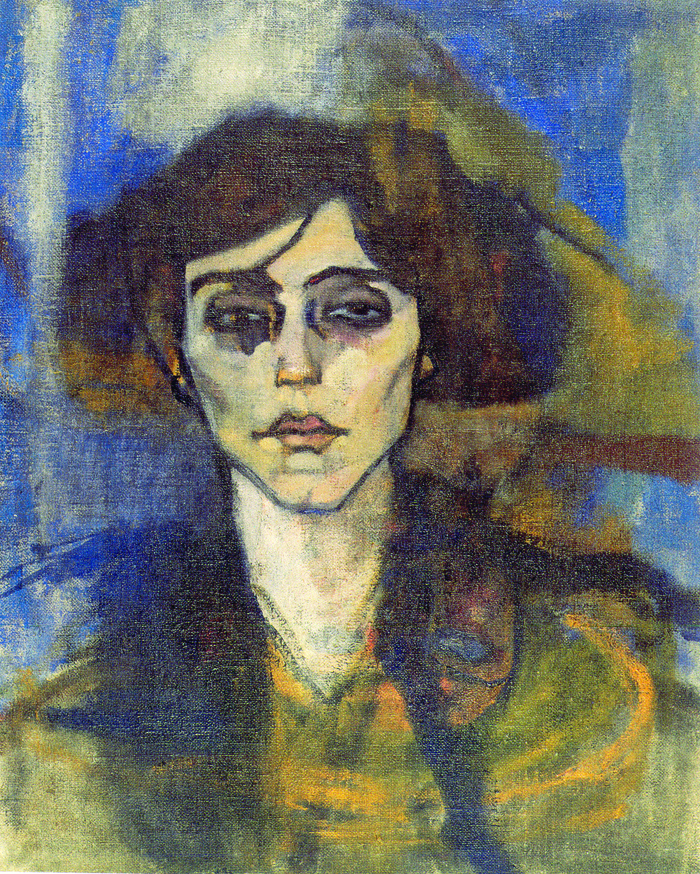
Modigliani was born in Leghorn in the region of Tuscany in central Italy. He was sickly when he was a child, suffering from pleurisy at 11, from typhoid at 14, and again from tuberculosis pleurisy at 16. His mother took Modigliani on many trips to southern Italy, including to Naples and Rome, as well as to Florence and Venice. This experience played a significant role in helping him discover and further enrich his artistic talents.
Later he moved to Montparnasse, a new center of the arts at that time. Modigliani befriended artists like Picasso and started devoting himself to producing sculptures for a while after meeting Romanian sculptor Constantin Brancusi. Modigliani's sculptures feature elements seen in ancient African tribal art, such as long, oval-shaped faces, noses with prolonged volumes, almond-shaped eyes and small mouths. These characteristics later became apparent in his portraits as well.
In 1917, Modigliani held his first and last solo exhibition, but his nude paintings shown at the exhibit were ordered to be pulled down for their alleged obscene nature and the exhibit had to be quickly ended. He died on January 24, 1920, of encephalomeningitis caused by tuberculosis. Modigliani and his works only became widely known after his death.
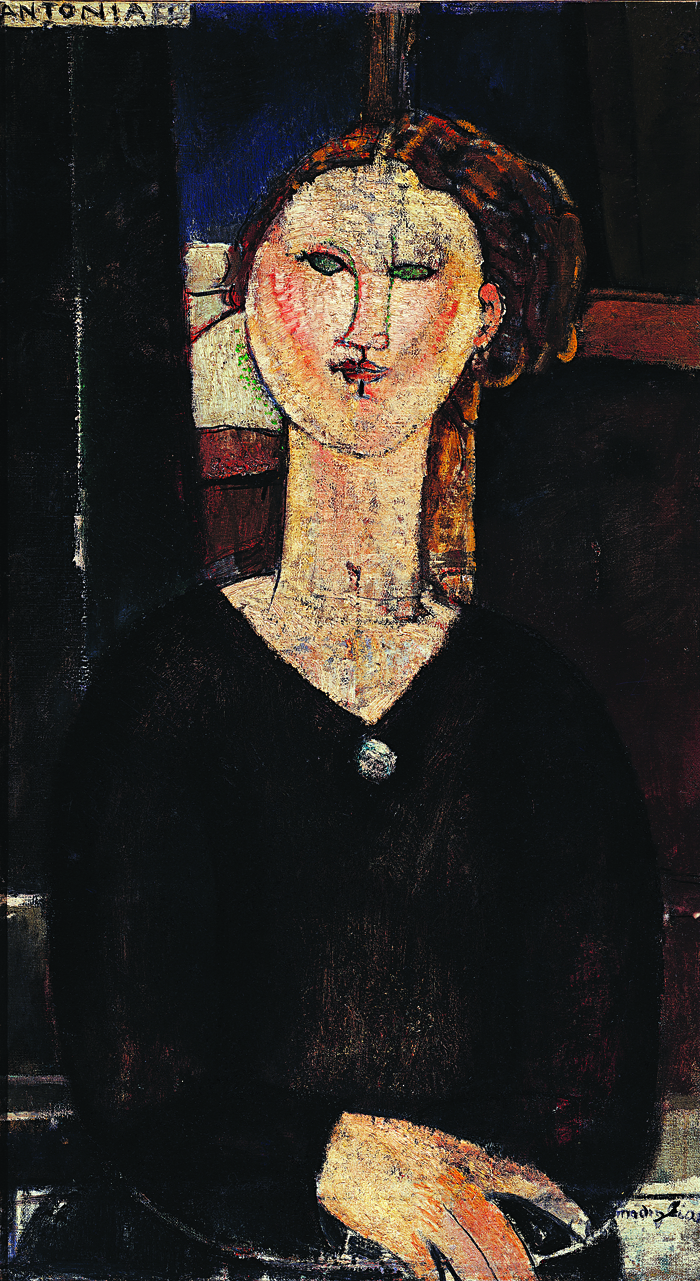
The retrospective exhibition features 70 oil paintings and drawings produced between 1906 and 1920, covering most of Modigliani's career. The exhibit is divided into six different sections, including male portraits, female portraits and nudes. The exhibit displays his early works produced while he was living in Montmartre. It also highlights the period when he focused on sculpture, when he was influenced by Brancusi, and shows how his style changed after he returned to painting. The exhibit features many portraits, to which he applied himself in earnest, and the works depict the flourishing Paris of the early 20th century.
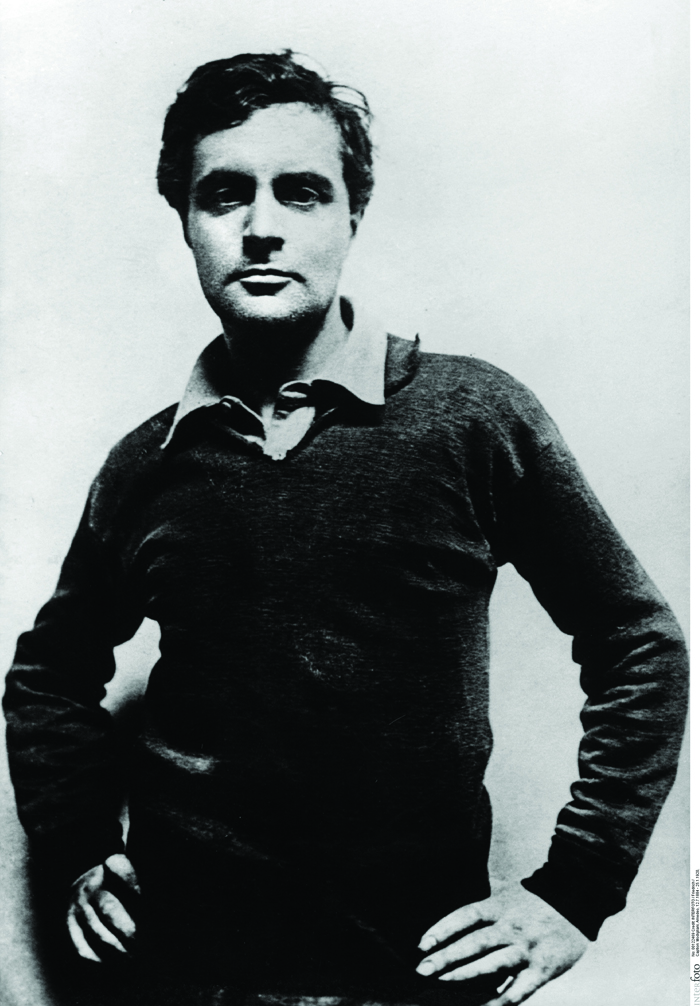
For more information about the "Modigliani: Legend of Montparnasse" exhibit, please visit the exhibit's homepage (www.modigliani.co.kr) or call 1588-2618.
By Limb Jae-un
Korea.net Staff Writer
Photos courtesy of the Seoul Arts Center
jun2@korea.kr
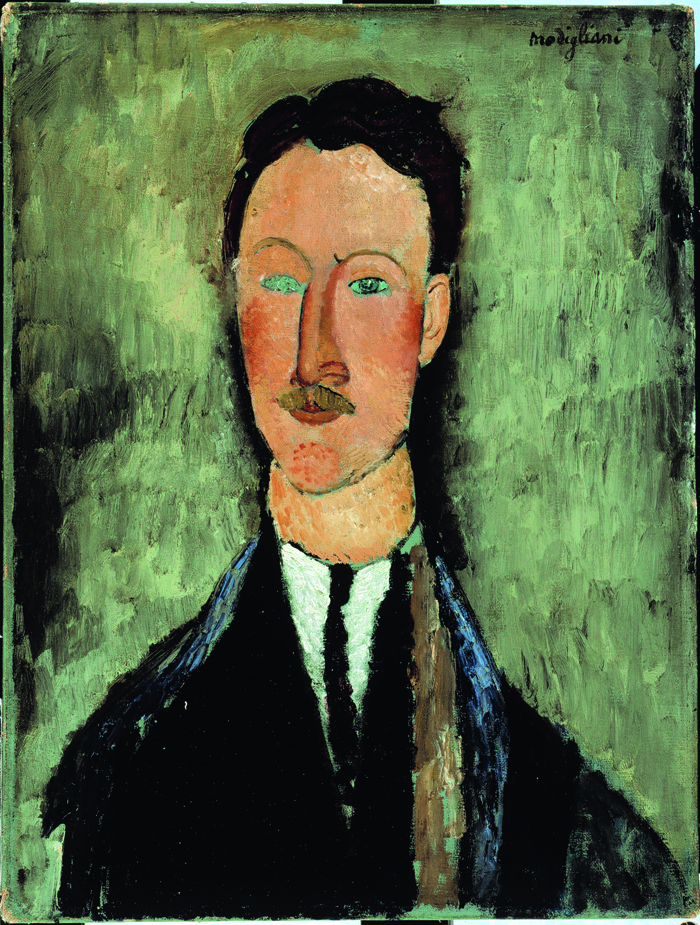
The Italian painter only focused on the body figure of models and did not include additional details or clues that could indicate a painting's background.
"What I pursue in my paintings is neither fact nor fiction. It is unconsciousness," Modigliani once said.
Modigliani used abstract styles and inhibited his expression to describe people's inner minds.

'Jeanne Hébuterne, assise.'
Korea's first retrospective exhibit of Modigliani's works, "Modigliani: Legend of Montparnasse," is currently underway at the Hangaram Art Museum, part of the Seoul Arts Center in southern Seoul. The exhibition highlights Modigliani's art and life, featuring paintings, drawings and sculptures on loan from 20 museums around the world, including the Paris Museum of Modern Art and the Picasso Museum, and those owned by private collectors. The exhibition continues until October 4.
Modigliani produced most of his works in Montparnasse in Paris and was a prominent member of the School of Paris (École de Paris), a group of both French and non-French artists living in Paris between the two world wars and beyond. The École de Paris left an important footprint on art history of the 20th century. Modigliani died young at the age of 35 leaving only fewer than 400 oil paintings.

'Portrait of Maud Abrantes (Verso).'
Modigliani was born in Leghorn in the region of Tuscany in central Italy. He was sickly when he was a child, suffering from pleurisy at 11, from typhoid at 14, and again from tuberculosis pleurisy at 16. His mother took Modigliani on many trips to southern Italy, including to Naples and Rome, as well as to Florence and Venice. This experience played a significant role in helping him discover and further enrich his artistic talents.
Later he moved to Montparnasse, a new center of the arts at that time. Modigliani befriended artists like Picasso and started devoting himself to producing sculptures for a while after meeting Romanian sculptor Constantin Brancusi. Modigliani's sculptures feature elements seen in ancient African tribal art, such as long, oval-shaped faces, noses with prolonged volumes, almond-shaped eyes and small mouths. These characteristics later became apparent in his portraits as well.
In 1917, Modigliani held his first and last solo exhibition, but his nude paintings shown at the exhibit were ordered to be pulled down for their alleged obscene nature and the exhibit had to be quickly ended. He died on January 24, 1920, of encephalomeningitis caused by tuberculosis. Modigliani and his works only became widely known after his death.

'Antonia.'
The retrospective exhibition features 70 oil paintings and drawings produced between 1906 and 1920, covering most of Modigliani's career. The exhibit is divided into six different sections, including male portraits, female portraits and nudes. The exhibit displays his early works produced while he was living in Montmartre. It also highlights the period when he focused on sculpture, when he was influenced by Brancusi, and shows how his style changed after he returned to painting. The exhibit features many portraits, to which he applied himself in earnest, and the works depict the flourishing Paris of the early 20th century.

A photo taken in 1919 shows Amedeo Modigliani.
For more information about the "Modigliani: Legend of Montparnasse" exhibit, please visit the exhibit's homepage (www.modigliani.co.kr) or call 1588-2618.
By Limb Jae-un
Korea.net Staff Writer
Photos courtesy of the Seoul Arts Center
jun2@korea.kr

'Portrait de l'artiste Léopold Survage.'
Related Contents
Most popular
- Grammy-winning producer calls Suga of BTS 'amazing artist'
- Animated 'KPop Demon Hunters' tops Netflix charts in 41 markets
- 'Squid Game' events to pump up K-Content Seoul Travel Week
- Reunited BLACKPINK releases video preview of world tour
- 'Universal love, family' themes fuel success of 'King of Kings': director
